In-Game Advertising
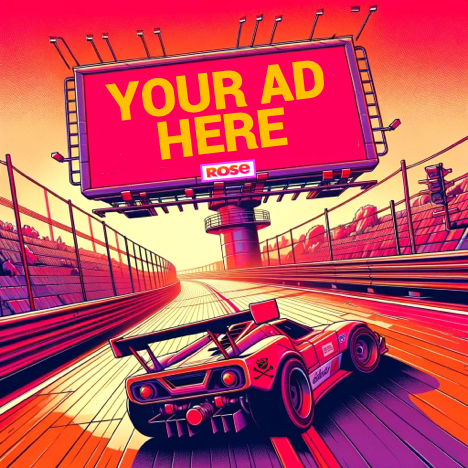
It’s Time Your Brand Considers
In-Game Advertising
In-game advertising is…well…a game-changer for marketers, offering a compelling vehicle for brands to dive into a world where highly desirable target audiences spend hours engaged and entertained.
As the digital realm expands, the global video games market is on an impressive trajectory, projected to hit US$282 billion in revenue by 2024, placing it just shy of Television’s $320 billion but significantly outpacing Video Streaming at $108 billion, the Film industry at $100 billion, and the Music industry at $30 billion.
This surge underscores the gaming sector’s immense potential as a marketing goldmine and a strategy that allows brands to immerse themselves within the digital worlds, promising a fusion of entertainment and engagement that traditional media channels can’t match.
The gaming industry’s exponential growth is underscored by its reach of over 3 billion gamers globally, fueled by technological innovations and broader accessibility. The pandemic significantly accelerated this expansion, as lockdowns led to an uptick in video game play and content consumption.
Mobile gaming is a major driver, projected to contribute $149.53 billion in revenue by 2024. Similarly, the esports segment is rapidly advancing, expected to bring in $4.3 billion in 2024, broadening the gaming audience and mirroring sports’ impact on TV and video streaming sectors.
Why In-Game Advertising Stands Out for Marketers
The In-game Advertising market worldwide is projected to reach $109.60 billion in 2024 and is expected to rise at a steady annual growth rate of nearly 10% to reach $145.50 billion by 2027.
Navigating the evolving landscape of digital marketing, brands continually seek innovative avenues to connect with their audience. This is where the gaming industry emerges as a vibrant, underdeveloped frontier. With its unprecedented growth and unique opportunities to engage with fervent fans, this domain offers a fertile ground for marketers to explore.
Reach Diverse Audiences
In-game advertising unlocks the door to a global audience, tapping into a player base that spans various ages, genders, and interests. The digital nature of gaming allows marketers to cross geographical boundaries effortlessly, engaging with an audience that is as varied as the gaming universe itself. This diversity presents an opportunity for brands to introduce themselves to potential customers who might not be reachable through traditional media channels.
Build Brand Awareness
The interactive and immersive world of video games provides a dynamic backdrop for brands to elevate their visibility. Unlike passive advertising mediums, in-game ads allow for creative integrations that can significantly boost brand recall. From banner ads within virtual landscapes to branded in-game items or characters, the possibilities are vast and varied, enabling brands to leave a lasting impression across multiple platforms and mediums.
Differentiate from the Competition
Venturing into the relatively untapped market of in-game advertising offers brands a competitive edge. By integrating ads into gaming environments, brands can capture the attention of an engaged audience in a space that’s less cluttered by competitors. This strategic move not only differentiates the brand but also positions it as a forward-thinking, innovative player in its industry.
Engage with Audiences
Gamers exhibit high levels of engagement, with focused attention spans during gameplay. In-game advertising capitalizes on this engagement, delivering content that gamers are more likely to interact with and remember. Whether it’s through completing tasks to earn rewards sponsored by a brand or encountering branded environments during gameplay, the interaction between gamer and advertisement is active, not passive, leading to higher engagement rates.
Access to Precise Data
The digital nature of gaming offers an abundance of precise data, allowing for highly targeted advertising campaigns. Marketers can leverage information such as playtime, purchase history within games, and preference data to craft personalized ad experiences. This level of customization enhances the relevance and effectiveness of ad content, significantly improving the chances of conversion.
By addressing these key aspects, in-game advertising emerges as a powerful tool in the marketer’s arsenal, offering unparalleled opportunities to connect with a diverse, engaged audience through innovative and interactive advertising strategies.
Types of In-Game Ads
In-game ads come in three flavors, integrating seamlessly into the gaming world:
• Blended In-Game Ads: Integrated directly into the gameplay, enhancing the player’s experience without interruptions.
• Around-the-Game Ads: Appear during gaming breaks, like rewarded videos, not interfering with actual gameplay.
• Away-from-the-Game Ads: Opportunities existing outside the game environment, such as streaming and esports marketing.
In-game advertising offers diverse formats like display and video banners integrated into the game environment, audio ads leveraging sound engagement, rewarded ads for viewing incentives, interstitial ads appearing during natural breaks, and expandable ads activated by user interaction, enriching the gaming experience while promoting brand visibility.
Successful In-Game Advertising Campaigns
Gaming presents a marketing universe teeming with innovative opportunities for brands to weave their narratives into the fabric of gameplay. Through imaginative in-game integrations, companies have the potential to transform traditional advertising into immersive experiences, engaging players in a dialogue that extends beyond the game.
Game publishers are also courting brands more aggressively. For example, Candy Crush Saga, known for its addictive gameplay, introduced thematic levels in collaboration with various brands. These partnerships allow brands to integrate their products into the game’s challenges, offering players unique rewards. This strategy enhances user engagement by merging familiar brand imagery with the game’s interactive content, creating a memorable experience that encourages repeated play and brand recognition.
Each brand has an opportunity to approach in-game advertising in their own unique manner.
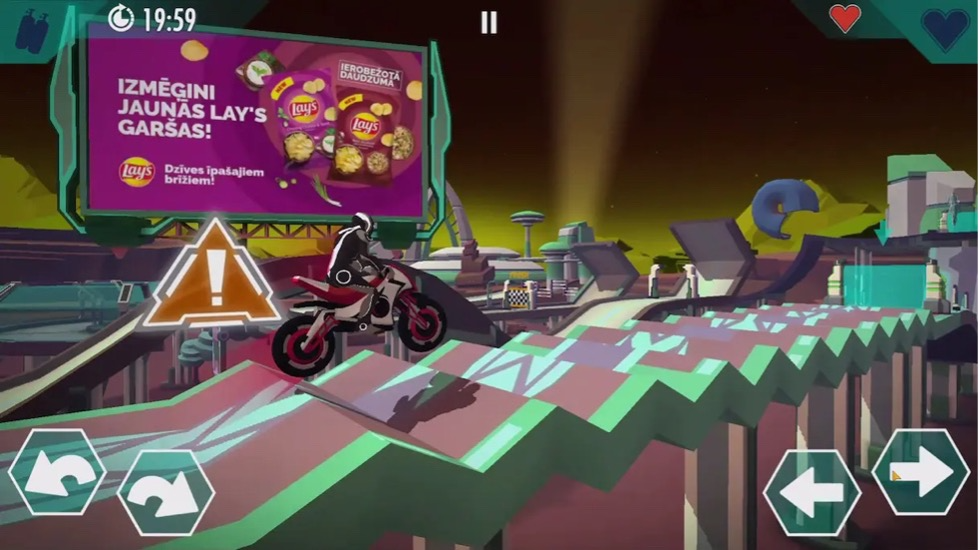
Game-Play Billboards: Lay’s In-Game Ad Campaign The well-known snack brand, Lay’s, in collaboration with placement and ad server platforms Eskimi and Anzu, launched an innovative in-game ad campaign to introduce a new flavor and enhance brand visibility. By seamlessly integrating video billboards into the game’s environment, they ensured the ads were a natural part of the gameplay, achieving effective product promotion without disrupting the gaming experience.
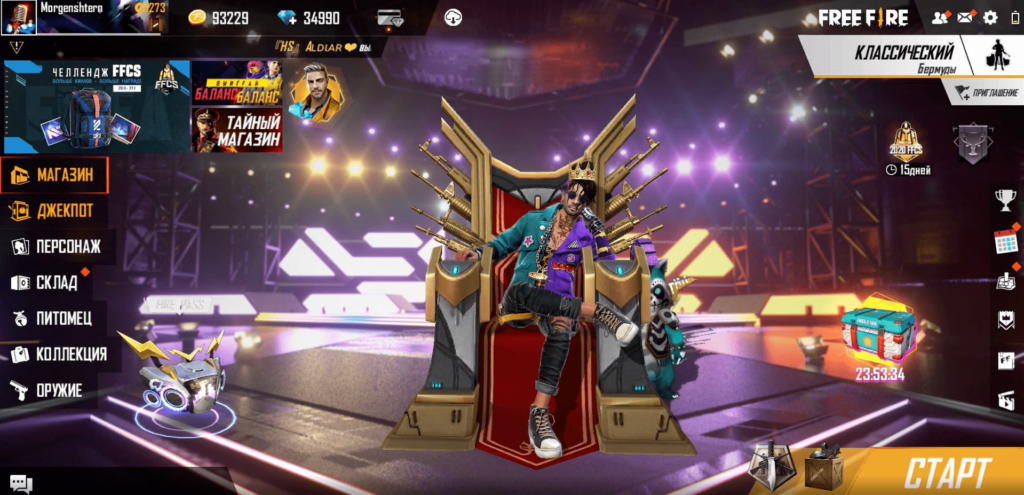
Game-Play Collaboration: Free Fire and Ronaldo
Mobile game Free Fire (published by Rose client: Garena) elevated its engagement strategy by partnering with Cristiano Ronaldo, the world-renowned football legend. This collaboration integrates Ronaldo’s iconic football moves directly into the game, offering players a unique in-game experience. The campaign was amplified by the participation of famous celebrities, who interpret Ronaldo’s moves in various content, boosting the campaign’s visibility.
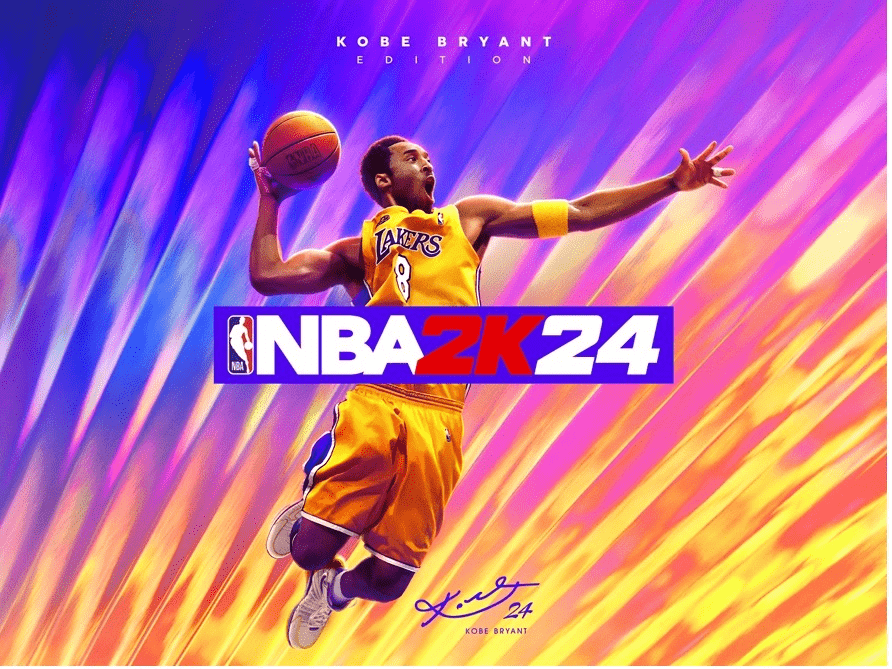
Dynamic Ads: Nike’s Digital Product Placements in NBA 2K
Nike’s integration into NBA 2K since 2020 showcases the power of dynamic in-game advertising. By featuring their products as wearable items within the game, Nike taps into a passionate community of basketball fans and gamers. This not only increases product visibility but also allows players to interact with the brand in a meaningful way, blurring the lines between virtual and real-world brand experiences — including the opportunity to buy the same exclusive sneakers that are worn by players in the game.
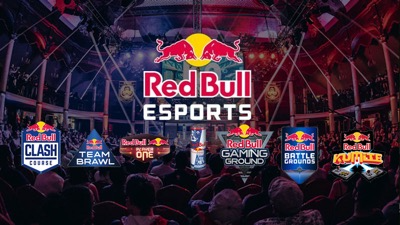
Esports: Red Bull’s Sponsorship in Esports Tournaments Red Bull has effectively positioned itself within the esports realm by sponsoring tournaments and teams. Since 2006, it has sponsored teams such as OG and G2, as well as the Red Bull Battlegrounds, a Dota 2 tournament. This approach not only elevates the brand’s visibility among esports enthusiasts but also associates Red Bull with high-energy, competitive gaming. Their involvement goes beyond mere sponsorship; it includes hosting events and creating content that resonates with the gaming community, thereby strengthening loyalty and brand preference among a highly engaged audience.
Each of these campaigns leverages the unique aspects of gaming to foster brand engagement and visibility. By creatively integrating into the gaming world, these brands have set benchmarks for how to capture and retain the attention of a diverse and growing audience.
The Future of In-Game Advertising
In-game advertising is poised for significant evolution, closely mirroring the advancements within the gaming industry itself. As we witness a surge in the adoption of technologies like Virtual Reality (VR) and Augmented Reality (AR), along with AI-driven personalization, the landscape of in-game advertising is set to transform. These technologies offer new avenues for creating immersive ad experiences, enabling brands to engage with players in more meaningful and interactive ways. The integration of AI, in particular, promises to revolutionize ad targeting and customization, ensuring that in-game advertisements are not only more relevant to individual players but also seamlessly woven into the gaming experience.
In-game advertising stands as a beacon for brands aiming to connect with an ever-evolving, digitally engaged audience. By harnessing the dynamic capabilities of this medium, brands can immerse themselves in the rich, interactive worlds that captivate gamers worldwide. As the digital and entertainment landscapes continue to intertwine, the strategic integration of in-game advertising into a comprehensive marketing plan will become essential for brands looking to thrive in this new era.
Sources:
Statista
Global Market Insights
Grand View Research
International Federation of the Phonographic Industry (IFPI)
The Business Research Company



